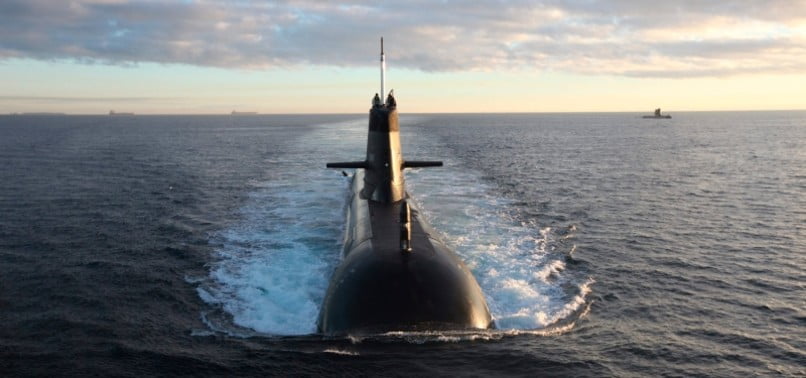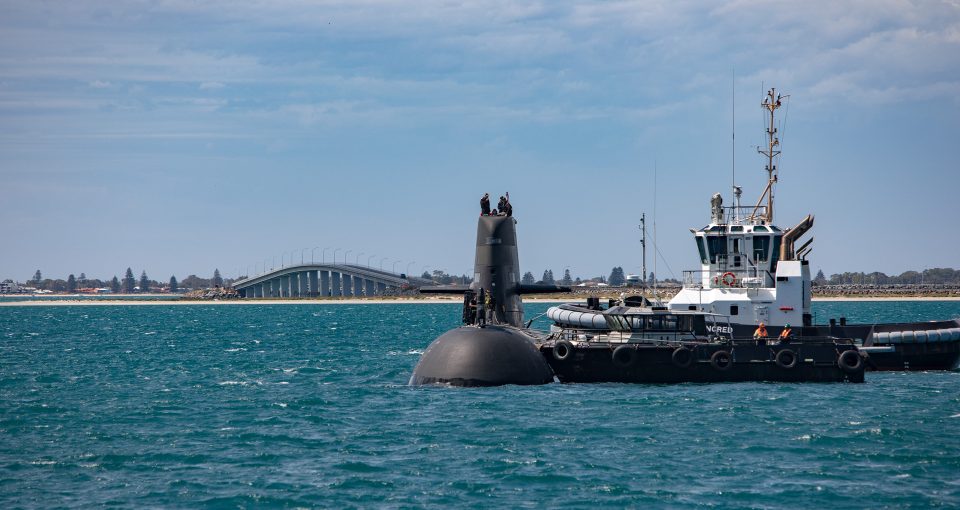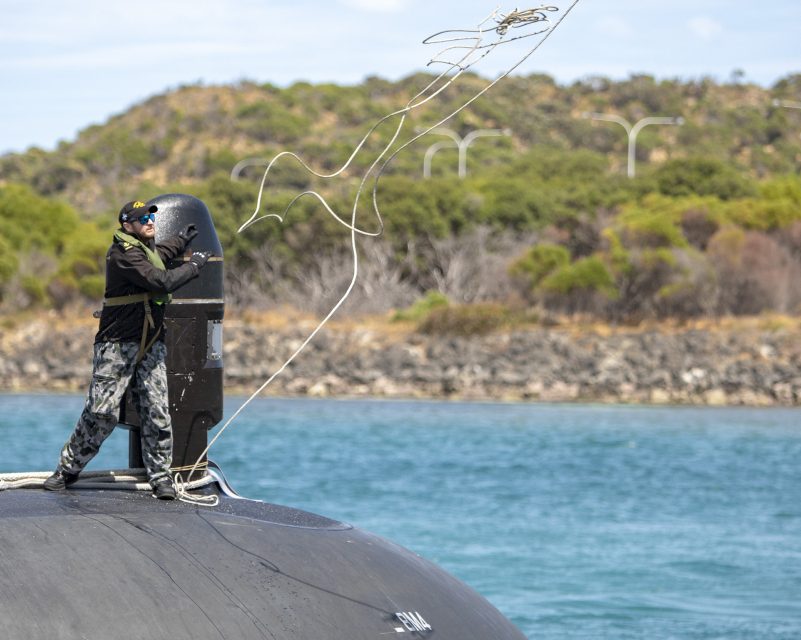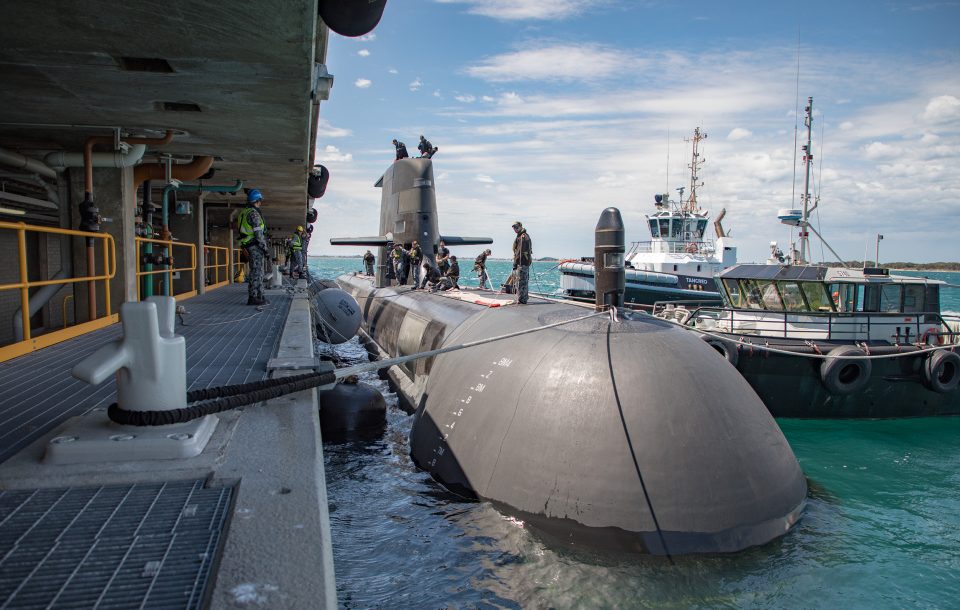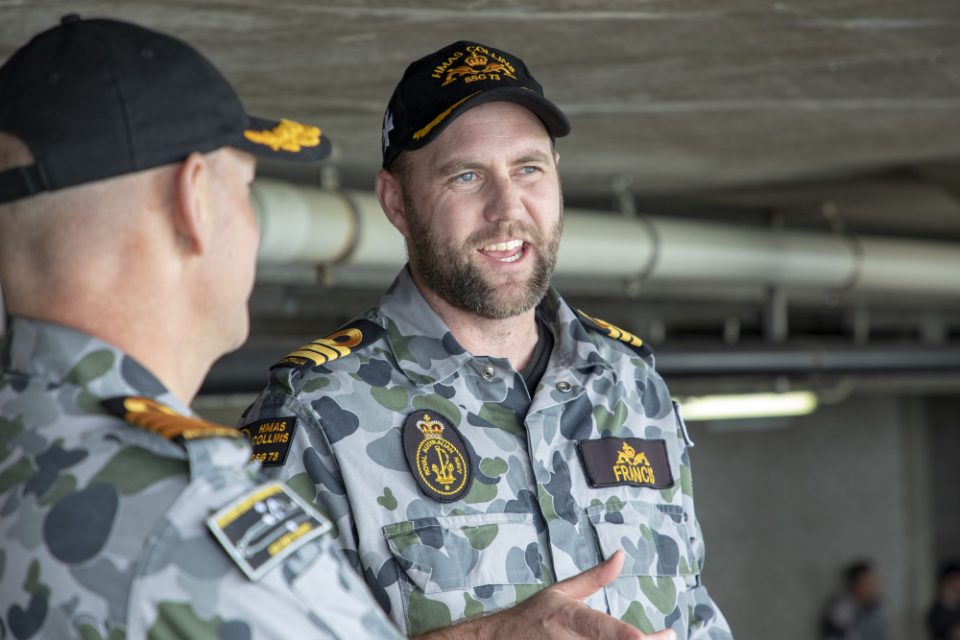The decision by the current Australian government to co-develop a new class of attack submarines with the French Naval Group will not deliver the replacement submarines until well into the next decade.
This clearly creates what one might call a submarine “gap.”
Given that attack submarines are the key current platform for long range strike against adversaries in the region, it will be important to close the gap.
Greg Sheridan, Foreign Editor of The Australian, has highlighted his concerns in articles published earlier this year.
In one article published on February 14, 2019, Sheridan wrote a piece entitled “We Might Sink Decades Before These Submarines Fly.”
Submarines are our most lethal and important military asset, yet we are shaping up to have no effective submarine capability for years while militaries across our region are burgeoning and it is easy to imagine scenarios in which the US position in Asia declines….
One consequence of not getting the first sub until 2035, say, is that we won’t get the sixth until 2046. So we do not even replace the modest capability we now have with six Collins-class boats until 2046. We’ve got to keep the Collins going until then. And we don’t get the full fleet of 12 until the late 2050s. That is pathetic.
If we had the first couple of boats built in France, we would save billions of dollars and get the subs much earlier.
As it is, we may eventually have to look at a bridging capability, just as in the air the Super Hornets and then the Growlers were the bridge between the classic Hornets and the Joint Strike Fighters.
Such a bridge capability is more likely to be an evolved Collins-class sub than anything else.
We will address the new submarine program in a separate article; but the key point is clearly what Sheridan highlighted — the need to keep Collins going.
And this is clearly a challenge.
Second Line of Defense has visited the yard in Adelaide and we have highlighted how the Navy is sustaining the current fleet of Collins class submarines.
This effort is underway but will face many challenges in the decades ahead.
How will this be done?
What will it cost?
And how to shape ongoing interoperability with the US and Japanese Navy to deal with the Chinese and Russian submarine modernization efforts?
In an article published February 20, 2019, Daniel McCulloch highlights the challenge as seen by the Australian Navy.
Australia’s full fleet of Collins Class submarines may need to be upgraded before their French-built replacements are ready.
Chief of Navy Michael Noonan is assessing how many of the six ageing vessels will need major work to keep them in service.
“We are yet to fully determine how many of the boats we will upgrade,” Vice Admiral Noonan told a Senate estimates hearing in Canberra on Wednesday.
“We’re expecting that we will upgrade at least five, and the work around determining the scope of the upgrade has begun but has not yet been fully decided.”
Defence had planned to retire the Collins Class submarines from 2026, but has since decided to prolong their lives until the new fleet arrives.
The challenge is clear. Full stop.
How to ensure there is no submarine gap?
The featured photo shows Royal Australian Navy (RAN) Collins Class submarines have been captured in impressive imagery, whilst exercising off the West Australian coast.
Credit: Australian Department of Defence.


